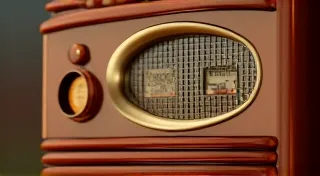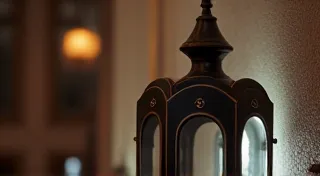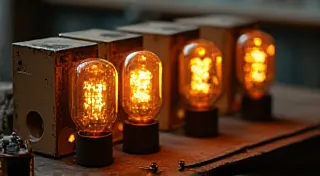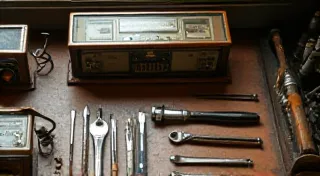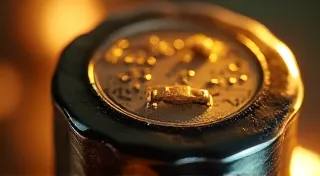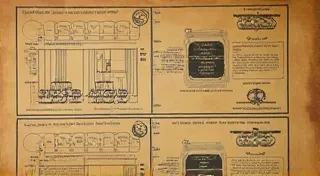Dealing with Dried-Up Paper in Antique Radios
One of the most disheartening discoveries when restoring an antique radio is finding brittle, crumbling paper. This isn’t simply an aesthetic problem; damaged paper components can impact functionality and potentially lead to further damage. Understanding why this happens and knowing how to address it is crucial for successful radio restoration.
Why Paper Deteriorates in Antique Radios
The fragility of paper in vintage radios stems from a combination of factors. The paper itself was often of lower quality than what’s used today. It may be acidic, meaning it naturally breaks down over time. Environmental factors accelerate this process:
- Humidity Fluctuations: Constant changes in humidity cause paper to expand and contract, weakening its fibers.
- Temperature Variations: Heat, particularly exposure to sunlight or proximity to warm components, degrades paper.
- Chemical Reactions: The paper can react with components within the radio, further accelerating decomposition. Often a glue compound is also part of the issue.
- Age: Simply the passage of time takes its toll, even under ideal storage conditions.
Common paper components affected include dial markings, cabinet labels, speaker cones (sometimes paper-covered), and internal insulation.
Identifying Damaged Paper
Look for these signs of paper deterioration:
- Brittleness: The paper cracks easily and feels fragile.
- Crumbling: Pieces of paper flake off with minimal handling.
- Discoloration: The paper may be yellowed, brown, or have an uneven color.
- Powdering: A fine dust covers the surface of the paper.
- Loss of Adhesion: Labels and markings peel away from the radio’s surface.
Before attempting any repairs, carefully document the condition of the paper with photographs. This provides a reference point for the restoration process.
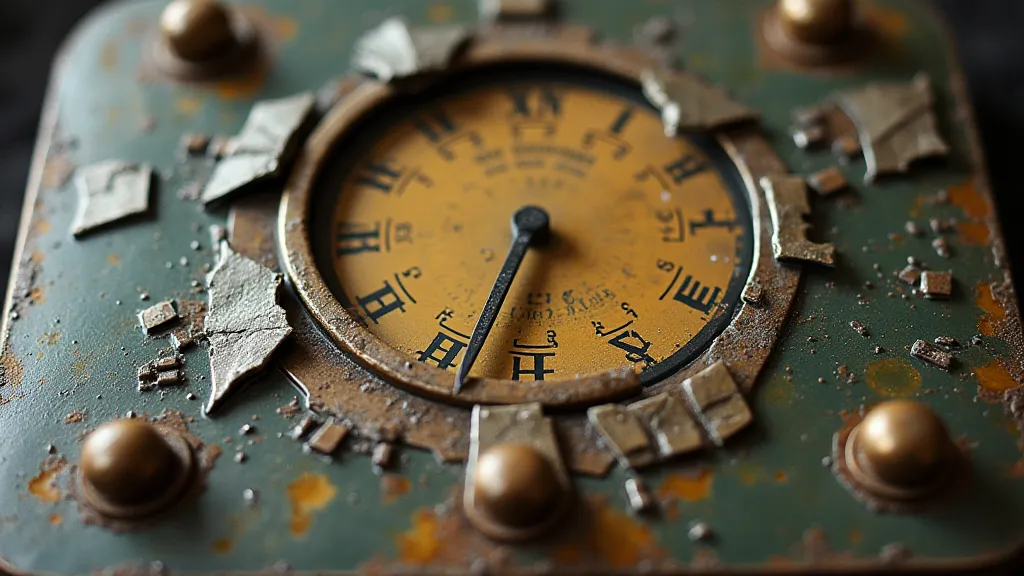
Repair vs. Replacement: What’s the Best Approach?
The decision of whether to repair or replace damaged paper hinges on several factors: the extent of the damage, the availability of original materials (or accurate reproductions), and your skill level.
Repairing Paper
Minor damage can sometimes be repaired. However, it's a delicate process and requires specialized materials and techniques. Here are a few options:
- Paper Consolidation: Apply a thin layer of conservation-grade adhesive (like Methylcellulose) to strengthen the paper fibers. This is best for areas with minor cracking.
- Mending Tears: Use Japanese tissue paper and wheat starch paste to carefully mend tears.
- Re-adhering Loose Paper: Apply a small amount of conservation-grade adhesive to reattach loose labels or markings.
Important Note: Always test any adhesive on a small, inconspicuous area first to ensure it doesn’t further damage the paper. Work in a well-ventilated area and use appropriate safety precautions.
Replacing Paper
In many cases, especially with severely damaged paper, replacement is the best option. This often involves:
- Sourcing Reproduction Paper: Look for reproduction dial cards, labels, or speaker cones that match the original design.
- Creating Custom Replacements: If reproductions are unavailable, you may need to create custom replacements using archival-quality paper and accurate reproduction artwork (often transferred from old photographs or manuals).
- Careful Installation: Secure the replacement paper using appropriate adhesives and mounting techniques, ensuring it's properly aligned and securely attached.
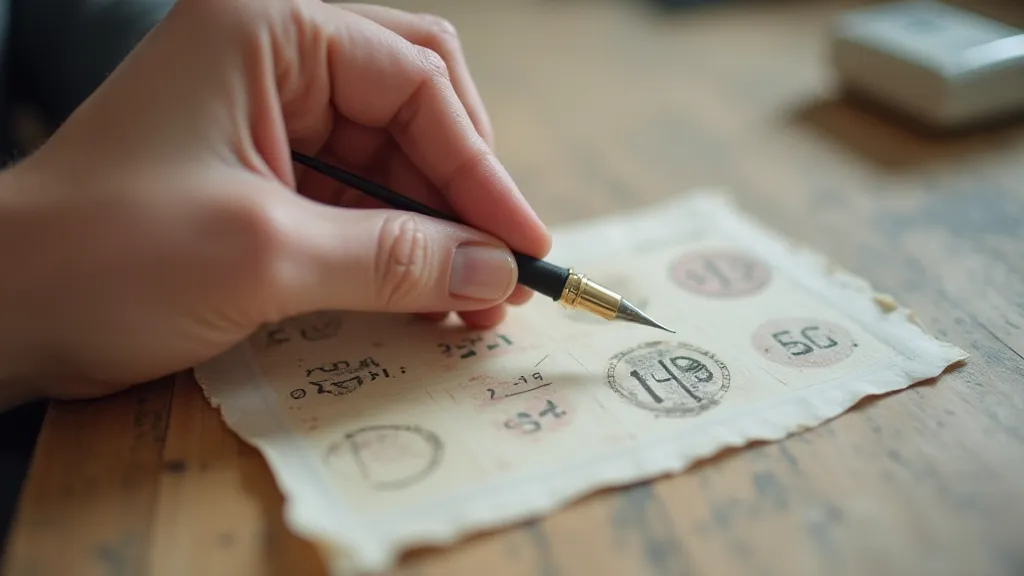
Preventing Future Damage
Once you’re done restoring the paper components, take steps to prevent future deterioration:
- Stable Environment: Store the radio in a climate-controlled environment with consistent temperature and humidity.
- Avoid Direct Sunlight: Keep the radio out of direct sunlight.
- Dust Regularly: Dust the radio regularly to remove abrasive particles.
- Consider Archival Storage: If the radio is not in use, store it in an archival-quality box or cabinet.
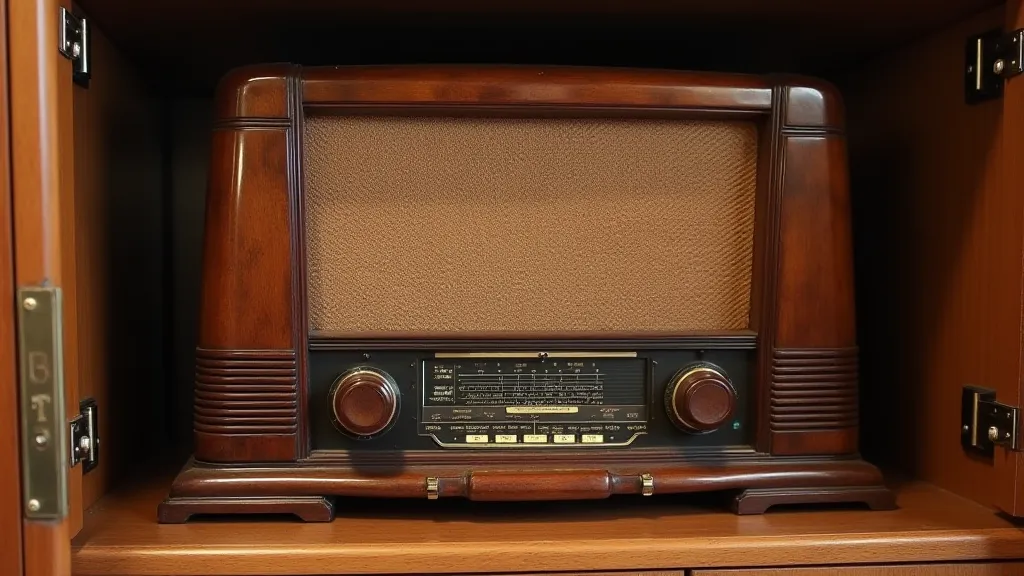
Dealing with dried-up paper is a common challenge in antique radio restoration, but with the right knowledge and techniques, you can preserve these beautiful pieces of history for generations to come.
